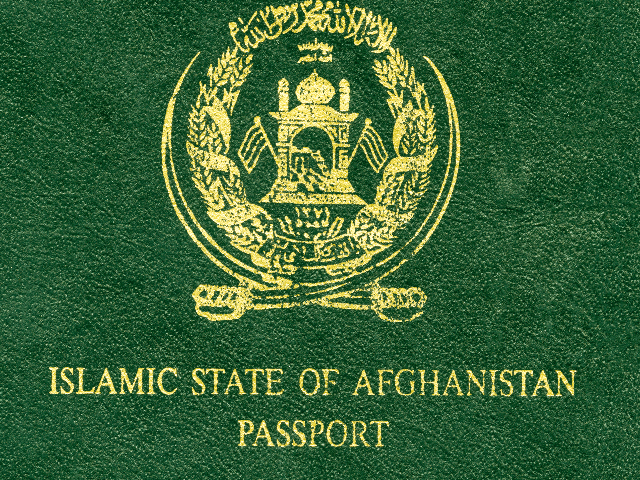Federal authorities on Friday indicted a legal permanent resident on charges linked to smuggling illegal migrants from his home country of Afghanistan into the United States, the U.S. Department of Justice (DOJ) announced.
In a press release, DOJ identified the defendant as, “Mujeeb Rahman Saify, 32, is an Afghanistan national who received a Special Immigrant Visa and became a U.S. Lawful Permanent Resident in 2009, after serving as an interpreter for the U.S. military in Afghanistan.”
The 32-year-old reportedly resides in the New York-New Jersey area.
DOJ revealed that federal authorities charged Saify with “conspiracy to smuggle aliens to the United States, encouraging and inducing alien smuggling, and attempting to bring aliens to the United States.”
Afghan nationals seeking to enter the U.S. illegally can fall under the special interest alien (SIA) or known or suspected terrorists (KST) categories.
SIAs refer to migrants from countries linked to terrorism like Afghanistan, Pakistan, Syria, Iraq, and Libya. An increasing number of SIAs have been trying to infiltrate the United States in recent years, according to the U.S. government.
Citing the indictment, DOJ revealed:
[B]etween July 2016 through January 2017, Saify conspired with members of an Afghanistan and Pakistan-based smuggling network to smuggle two Afghanistan nationals to the United States. The Afghanistan nationals did not have prior authorization to enter the United States and one had been denied a U.S. visa.
The indictment alleges that Saify made contact with the aliens and arranged meetings with the co-conspirators to discuss smuggling arrangements. Further, according to the indictment, Saify received payment, gave instructions to the aliens to facilitate the smuggling venture, and he used email and phone communications to facilitate and coordinate the criminal operation.
DOJ noted that the authorities are carrying out the investigation under the Extraterritorial Criminal Travel Strike Force (ECT) program.
Under ECT, federal law enforcement officials target human smuggling networks that may pose national security or public safety threat.
ECT includes officials from DOJ and the U.S. Department of Homeland Security (DHS) who receive assistance from other U.S. government agencies and foreign law enforcement authorities.
“We face very real threats from so-called Special Interest Aliens that move at great expense from vast distances outside the hemisphere along the network into the United States,” then-DHS Secretary John Kelly noted in April 2017.
The U.S. military has repeatedly warned that some smugglers in Latin America “specialize” in smuggling in SIAs into the United States “from places like Afghanistan, Pakistan, Yemen, Syria, and Iraq, all places where terrorist organizations like al-Shabab, ISIS [Islamic State], al-Qaeda and their affiliates operate,” a Republican-led House panel report pointed out in January.
“On average, my Department now blocks ten known or suspected terrorists a day from traveling to or attempting to enter the United States,” then-DHS Secretary Kirstjen Nielsen declared in June 2018.
The White House stresses that KSTs and SIAs are two separate categories of aliens.
Without breaking down the figures by country of origin, the White House revealed in January that the U.S. government prevented “3,755 known or suspected terrorists” from entering the country in fiscal year 2017 (Oct. 1, 2016 through Sept. 30, 2017).
“The majority of such individuals are attempting to travel to the United States by air, but others are encountered arriving by land and through maritime routes—and have been encountered attempting to enter the country through the Southern Border,” the White House explained.
Moreover, it said that U.S. border authorities “encountered more than 3,000 Special Interest Aliens last year at the Southern Border.”
Breitbart News determined that the U.S. apprehended four Afghans trying to sneak into the U.S. illegally between 2014 and 2015.
Using U.S. government metrics, Breitbart News estimated that for nearly every ten attempted illegal crossings, about four people got through, on average.
Breitbart News’s echoed findings by the CATO Institute. Also using U.S. government figures, CATO estimated that the probability of apprehension between legal ports of entry in 2014 (55 percent) and 2015 (54 percent) was about 50 percent.

COMMENTS
Please let us know if you're having issues with commenting.